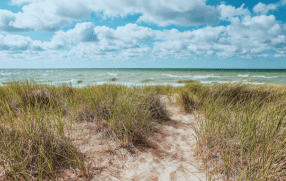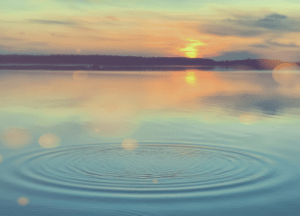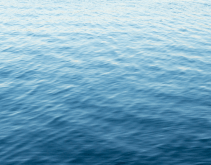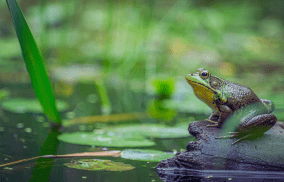by Anna Bunting, Freshwater Future Environmental Fellow
What is Sackett v. US EPA?
An Idaho couple’s (the Sacketts) challenge of the Clean Water Act will be decided by the Supreme Court later this year. After filling in wetlands on their property that flowed into a large lake also used for the town’s drinking water, the Sacketts received a compliance order from the U.S. Environmental Protection Agency (U.S. EPA). The Sacketts are arguing that the Clean Water Act’s definition of “Waters of the United States” is too broad and their actions should not be regulated. If they succeed it would radically limit what water systems are protected under the Clean Water Act.
Why are wetlands so important?
I had always heard about the importance of wetlands growing up, but didn’t really get what the big deal was – they are loud with insects, can smell bad, and you can’t really swim in them. When I was taking a biology lab in college I did water quality testing in several freshwater systems, including water before and after it passed through different types of wetlands. With those water quality assessments, it was pretty plain to see the value of these wetlands that serve as the kidneys for the environment. Wetlands act as giant filters, cleaning water through sediment trapping, nutrient removal, and chemical detoxification. Moreover, wetlands provide crucial pathways for rain water to feed back into groundwater systems, recharging underground drinking water aquifers instead of flooding. Wetlands are also places of extraordinary biodiversity and hold critical cultural importance to many Indigenous communities of the U.S., being places of medicine, food, and tradition.
What could the Sackett case mean for clean water protections?
The fate of wetlands across the US could look a lot like the ones on the Sacketts property – filled in and degraded. Simply, many of earth’s kidneys could be removed or poisoned. This case could allow the Court’s current conservative majority to permanently end decades-old protections, and replace them with a new, extremely-narrow definition for what waters would remain protected by the federal Clean Water Act.
Everyone depends on clean water. Streams and wetlands are an integral part of our network of rivers, lakes, groundwater, and coastal waters. Over 40 million people rely on the Great Lakes for their drinking water source, and upstream wetlands play an important role in reducing pollution to these bodies of water. This upcoming Supreme Court decision could eliminate federal protections for a vast swath of wetlands, disrupting the ecology of our watersheds, with impacts on fish and wildlife habitats and flood protection. Even worse, this potential narrow scope of federal Clean Water Act protections would no longer be subject to further legal challenges.
If the decision goes against the U.S. EPA, Freshwater Future will work with our partners to get strong water protections adopted. Stay tuned for updates.








